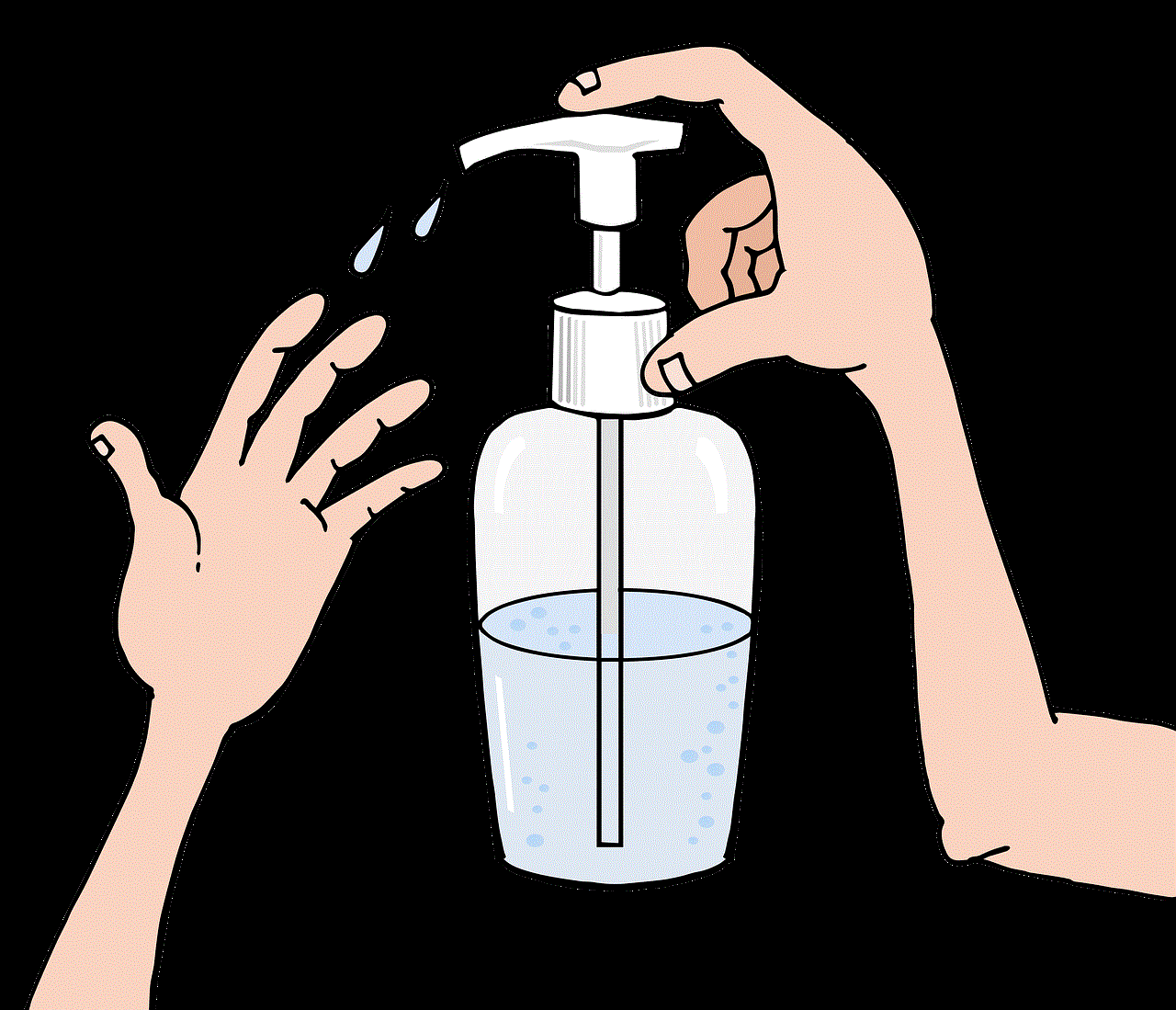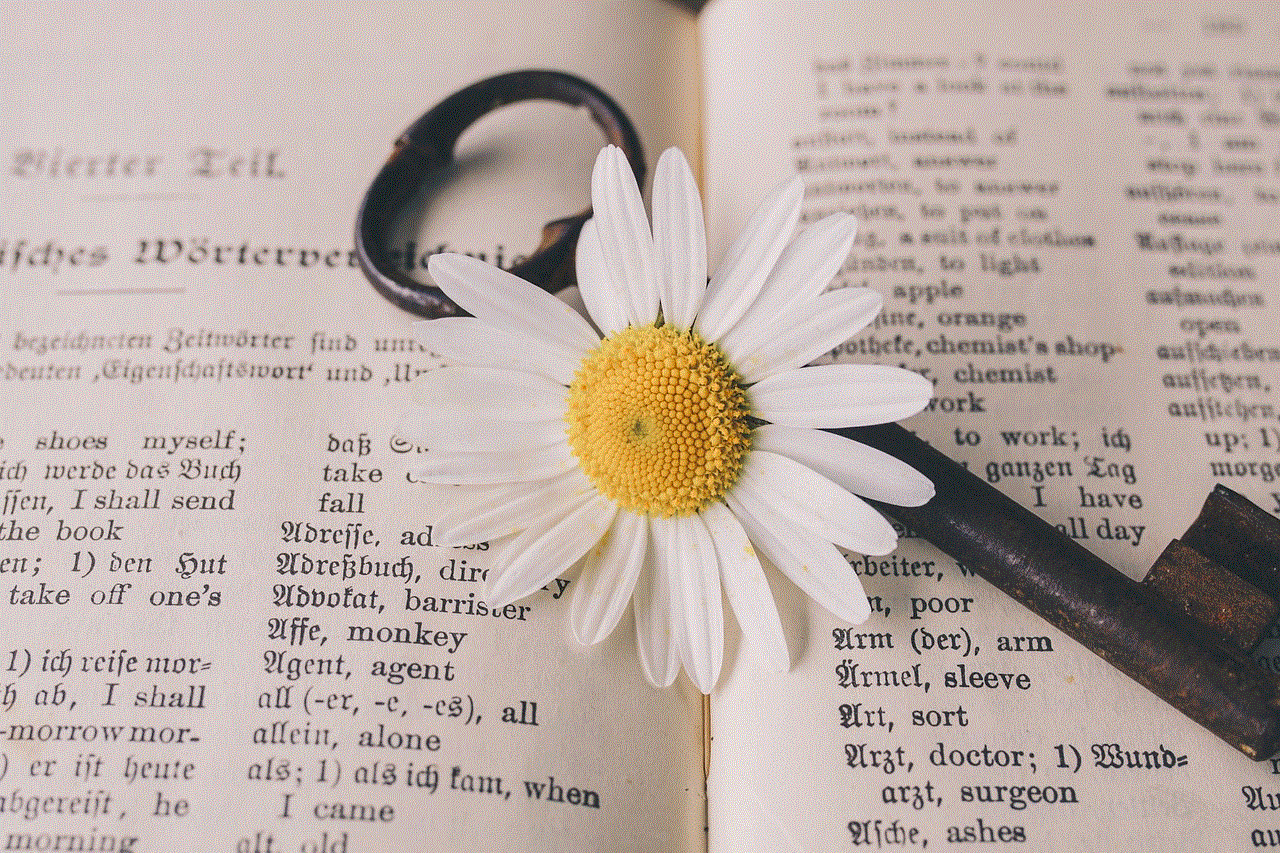how old are you when you go to kindergarten
Kindergarten is an important milestone in a child’s life. It marks the beginning of their formal education and is often considered as the foundation for their future academic success. But have you ever wondered how old you are when you go to kindergarten? The answer may seem simple, but there is more to it than meets the eye. In this article, we will delve into the various aspects of kindergarten and explore the age at which children typically start their journey into the world of education.
First and foremost, it is important to understand what exactly kindergarten is. In simple terms, it is a preschool educational approach that focuses on the holistic development of a child. It is a transitional stage between home and primary school, where children are introduced to basic academic concepts and social skills in a play-based environment. Kindergarten is not mandatory in most countries, but it is highly recommended as it has been proven to have a positive impact on a child’s development.
Now, coming to the age at which children go to kindergarten, it varies from country to country and even within different states or provinces. In the United States, for example, the general trend is that children start kindergarten at the age of five. However, there are variations in this age depending on the state’s cut-off date for school entry. Some states have a cut-off date of September 1st, while others have a later date of December 1st. This means that children whose fifth birthday falls between these dates may either start kindergarten or wait another year to begin their formal education.
Similarly, in Canada, the age at which children go to kindergarten also varies depending on the province. In Ontario, for instance, children must be four years old by December 31st of the year they start kindergarten. Whereas in Alberta, children must be five years old by December 31st. This shows that even within the same country, the age at which children go to kindergarten can differ.
In Australia, the age at which children go to kindergarten also varies depending on the state or territory. In most states, children start kindergarten at four years old, while in Tasmania, they can start as early as three years old. However, the common factor among all these countries is that children must be five years old by a certain date to begin primary school, which is the next stage of their education.
Now, you may be wondering why there is so much variation in the age at which children go to kindergarten. The answer lies in the concept of developmental readiness. Kindergarten is a crucial stage in a child’s development, and it is essential that they are emotionally, socially, and cognitively ready for it. This readiness is influenced by various factors such as the child’s physical and mental development, their exposure to early learning experiences, and their individual temperament.
For example, a child who is four years old but has had exposure to early learning experiences and is developmentally advanced may be ready for kindergarten. On the other hand, a child who is five years old but has not had similar experiences and is not developmentally ready may struggle in kindergarten. This is why many countries have a cut-off date for school entry, to ensure that children are starting kindergarten at an age where they are developmentally prepared.
It is also worth noting that the age at which children go to kindergarten has changed over time. In the past, children would start school at a later age, around six or seven years old. However, with the increasing awareness of the importance of early childhood education, the age at which children start kindergarten has gradually decreased. This is because it is believed that the earlier a child starts their education, the better their chances of success in the long run.
Apart from developmental readiness, there are other factors that may influence the age at which children go to kindergarten. One such factor is the type of kindergarten program. In most countries, there are two types of kindergarten programs – half-day and full-day. In a half-day program, children attend kindergarten for a few hours, whereas in a full-day program, they attend for a longer duration. The age at which children start kindergarten may vary depending on the type of program they are enrolled in.
Another factor that may influence the age at which children go to kindergarten is the child’s birthdate. As mentioned earlier, many countries have a cut-off date for school entry, which means that children with a birthdate close to the cut-off date may start kindergarten at a different age than those born earlier or later in the year. This can result in a child being one of the youngest or oldest in their class, which may have an impact on their academic and social development.
In addition to these factors, there are also cultural and societal influences that may play a role in determining the age at which children go to kindergarten. Some cultures may place more emphasis on the importance of early education, while others may have a more relaxed approach. Similarly, societal norms and expectations may also vary, with some countries having a more competitive academic culture, while others prioritize play-based learning in their kindergarten programs.
In conclusion, the age at which children go to kindergarten is not a simple answer. It is a complex concept influenced by various factors such as developmental readiness, type of kindergarten program, birthdate, and cultural and societal norms. While the general trend is that children start kindergarten at the age of five, there is a lot of variation within and between countries. The most important thing to remember is that each child is unique, and their readiness for kindergarten should be assessed on an individual basis. Kindergarten is a crucial stage in a child’s development, and it is essential that they are given the best possible start to their educational journey.
teenage apps for iphone
In today’s digital age, it’s no surprise that teenagers are constantly glued to their iPhones. From social media to gaming, there seems to be an app for every interest and need. But with so many options available, which apps are the best for teenagers? In this article, we will explore the top teenage apps for iPhone, catering to their various interests and providing a safe and engaging experience.
1. TikTok
TikTok has taken the world by storm, especially among teenagers. This video-sharing app allows users to create short, entertaining videos with music, filters, and special effects. With a wide range of content, from dancing to comedy, TikTok has become a go-to app for teenagers to express their creativity and connect with others. Its user-friendly interface and addictive nature make it a must-have app for teenagers.
2. Instagram
Instagram is another popular social media app among teenagers. It allows users to share photos and videos, follow their friends and favorite celebrities, and explore new content based on their interests. With features like filters, stories, and IGTV, Instagram provides a fun and interactive platform for teenagers to showcase their lives and stay connected with their peers.
3. Snapchat
Snapchat is a messaging app that lets users send photos and videos that disappear after a few seconds. It also offers fun features like filters, stickers, and lenses that make it popular among teenagers. With Snapchat, teenagers can communicate with their friends in a more engaging and visual way, making it a top choice for socializing.
4. Netflix
Netflix has become the go-to streaming app for teenagers. With a wide range of TV shows, movies, and documentaries, Netflix offers endless entertainment options for teenagers. It also has a “Teen” section that features content specifically curated for this age group, making it a safe and age-appropriate streaming app.
5. Spotify
Music is an essential part of a teenager’s life, and Spotify is the ultimate app for streaming and discovering new music. With a vast library of songs and playlists, teenagers can listen to their favorite artists and discover new ones. The app also offers a social feature that allows users to share and discover music with their friends, making it a popular choice for teenagers.
6. youtube -reviews”>YouTube



YouTube is another must-have app for teenagers, offering a wide range of content, from music videos to vlogs, tutorials, and more. With its interactive and engaging nature, YouTube has become a go-to app for teenagers to watch and create content. With its “YouTube Kids” version, parents can also ensure their teenagers have a safe and age-appropriate experience.
7. Headspace
Teenage years can be stressful, and Headspace is an app that helps teenagers manage their mental health and well-being. It offers guided meditations, sleep sounds, and mindfulness exercises to help teenagers relax and reduce stress. With its user-friendly interface and relatable content, Headspace has become a popular app among teenagers for self-care and mental health.
8. Duolingo
Learning a new language has never been easier with Duolingo. This app offers fun and interactive lessons for teenagers to learn languages like Spanish, French, and more. It also offers a competitive element with leaderboards and achievements, making it a fun and engaging way for teenagers to expand their language skills.
9. Houseparty
Houseparty is a social networking app that allows teenagers to video chat and play games with their friends. With its easy-to-use interface and fun features like quizzes and drawing games, Houseparty provides a virtual hangout space for teenagers to stay connected with their friends, especially during the pandemic.
10. Heads Up!
Heads Up! is a popular game app that offers a variety of categories and challenges to play with friends. From guessing celebrities to acting out charades, this app provides endless entertainment for teenagers and their friends. Its multiplayer feature and interactive gameplay make it a top choice for virtual hangouts and game nights.
In conclusion, in a world where technology dominates, having the right apps on their iPhones is crucial for teenagers. From social media to mental health, education, and entertainment, these apps cater to their various needs and interests. However, it’s essential for parents to monitor their teenagers’ app usage and ensure they have a healthy and balanced digital experience. With the right apps and guidance, teenagers can make the most out of their iPhones and have a fun and safe online experience.
what does ugh mean in text
“Ugh” is a term that has become increasingly popular in text messaging and social media platforms. It is a word that conveys a range of emotions, from annoyance to disgust, and has been adopted by many as a way to express their frustrations and displeasure. In this article, we will delve deeper into the meaning of “ugh” and its usage in text messaging, as well as its evolution and impact on modern communication.
Origin and Evolution of “Ugh”
The word “ugh” is believed to have originated from the Old English term “ug,” which meant “dreadful” or “fearful.” It was first recorded in the 16th century and was used to express disgust or displeasure. Over time, the spelling of the word evolved, and it was used in various forms, such as “ough” and “uh.” However, it wasn’t until the 20th century that “ugh” gained popularity as an interjection.



In the early 1900s, “ugh” was primarily used as an expression of disgust or annoyance in spoken language. It was often accompanied by a facial expression or a hand gesture to emphasize the feeling. With the rise of technology and the internet, “ugh” found its way into written communication, particularly in text messaging and social media.
Usage of “Ugh” in Text Messaging
In today’s digital age, text messaging has become the preferred mode of communication for many. It is quick, convenient, and allows us to stay connected with our friends and family, regardless of distance. However, with the rise of text messaging, the way we communicate has also changed. Words and phrases that were once exclusive to spoken language have now become an integral part of our digital conversations.
One such word is “ugh,” which has gained immense popularity in text messaging. Its usage has transcended language barriers, and it is now used by people of all ages and backgrounds. In text messaging, “ugh” is often used to express frustration, annoyance, or disappointment. For instance, if a person receives an unexpected text from a telemarketer, they might respond with “ugh” to convey their annoyance.
Moreover, “ugh” is also used to express exhaustion or tiredness. For example, if a person has had a long day at work, they might text their friend saying “ugh, I’m so tired.” In this context, “ugh” is used to convey the feeling of being physically and mentally drained.
Another common usage of “ugh” in text messaging is to express reluctance or unwillingness. For instance, if a person is asked to attend a party or event that they are not interested in, they might respond with “ugh, I don’t want to go.” Here, “ugh” is used to convey their lack of interest or enthusiasm for the event.
Impact on Modern Communication
The rise of “ugh” in text messaging has had a significant impact on modern communication. It has become a staple in digital conversations and has changed the way we express our emotions and feelings. In the past, a person would have to use a variety of words or phrases to convey their frustration or annoyance. Now, with just one word, they can effectively communicate their emotions.
Moreover, “ugh” has also become a way for people to bond and connect with each other. It is a word that is universally understood and used, which creates a sense of camaraderie and relatability among individuals. In a world where people are constantly looking for ways to connect with others, “ugh” has become a common ground for them to do so.
However, some argue that the overuse of “ugh” in text messaging has led to a decline in the quality of communication. With the rise of emojis and abbreviations, people are now relying on these forms of communication to convey their emotions, rather than using words. This has led to a lack of depth and meaning in digital conversations, which can have a negative impact on relationships and connections.
Moreover, the usage of “ugh” in text messaging has also sparked debates about its appropriateness in professional settings. While it is widely accepted and used among friends and family, using “ugh” in a formal email or message might come across as unprofessional. This highlights the need for individuals to be mindful of their language and communication style in different contexts.
Conclusion



In conclusion, “ugh” is a word that has evolved over time and has become an integral part of modern communication, particularly in text messaging. Its usage has transcended language barriers and has become a common ground for people to connect and bond over. However, its overuse and impact on the quality of communication is a topic of debate. As with any form of communication, it is essential to use “ugh” mindfully and consider its appropriateness in different contexts.